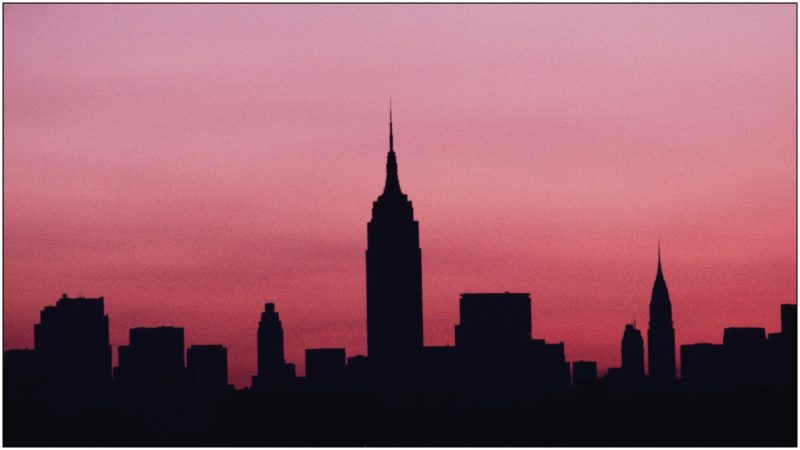This month marks 41 years since New York experienced a legendary blackout. In 1977 a thunderstorm took out the city’s power grid, leaving citizens of the Big Apple without electricity for 24 hours.
It’s not often a major urban center is plunged into darkness. The act of god was more than an inconvenience. New York’s population were angry enough before the outage. When the lights went out, their frustration boiled over.
Crime ran rampant as people, both criminals and the disaffected, saw their chance to stick it to the authorities. In 2006 the New York Times quoted rapper Curtis Fisher, aka Grandmaster Caz, who described it as being “like Christmas for black people.”
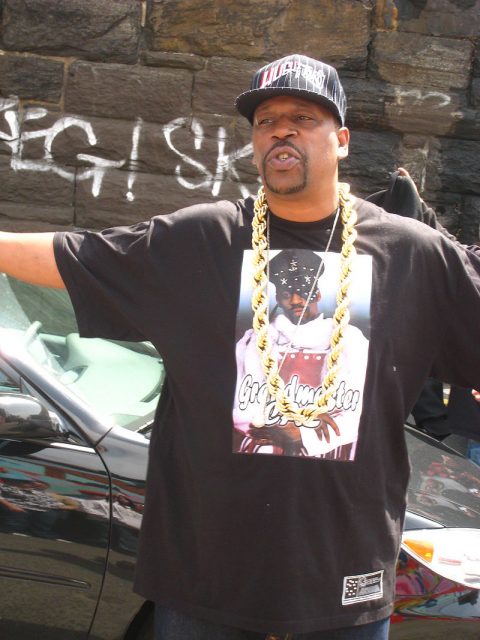
TIME Magazine looked back on their own coverage of the event in 2015: “The ’77 blackout presented a rare opportunity for the powerless minority to suddenly seize power, TIME concluded, quoting the head of the National Urban League as saying, “[The underclass] in a crisis feels no compulsion to abide by the rules of the game because they find that the normal rules do not apply to them.”
In addition to looting, there were alarming breakdowns in security. The stifling heat was ramped up by arson attacks. Half a dozen prisoners managed to break out of Rikers Island prison, which caused concern. However, when it came to criminality there was worse still.
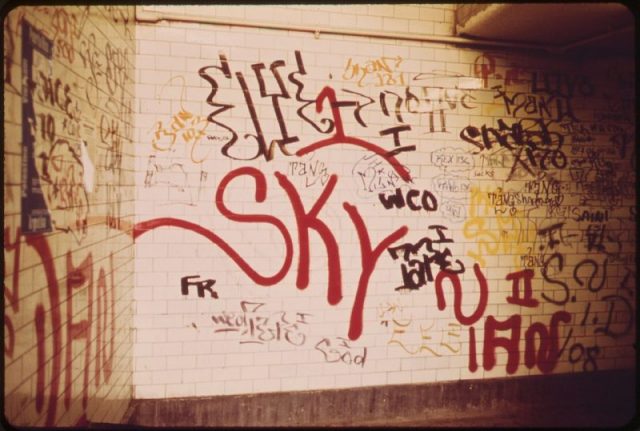
The shadow of David Berkowitz still hung over the city. Berkowitz, or “Son of Sam” as history remembers him, was still a month away from being caught. The serial killer held New York in a grip of terror, one filmed by Spike Lee for the movie Summer Of Sam (1999).
Lee perfectly captured that turbulent time in the city that never sleeps. TIME shockingly referred to the period as “New York’s Dark Ages,” worse than the previous blackout of 1965, which seemed strangely mild by comparison. There was unrest before, but things had festered since then.
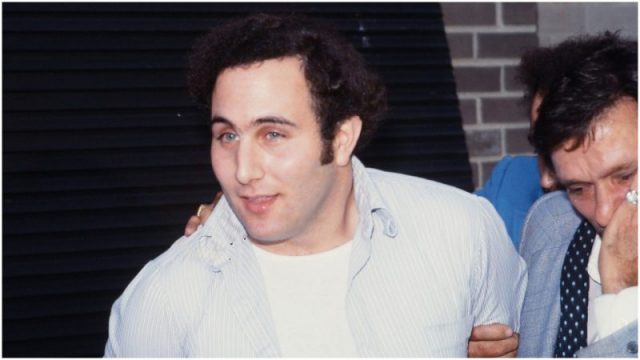
The situation was one of the bleakest the metropolis had known, but there was something that brought joy to peoples’ lives. One of America’s great musical genres, which back then was in its infancy… hip hop.
The rap movement began in the early 1970s in New York, via rhyme battles at locations such as Harlem World Entertainment Complex on 116th Street. It then broke through into mainstream culture toward the end of the decade through hits such as Rapper’s Delight.
Kid breaks out epic dance moves to hip hop track
Grandmaster Caz reminisced as part of the Hush Tours tourist experience in 2006, covered in the New York Times: “He waxed rhapsodic over hip-hop’s humble beginnings when the biggest rap shows in New York were announced on hand-lettered Xeroxed fliers… and D.J.’s powered their sound systems for outdoor block parties by tapping into the wiring of street lamps.”
They wouldn’t have been able to do that during the blackout of course. Nevertheless, the event was big news for hip-hop. In fact, the storm from above created a cultural storm down below. The equipment those musical pioneers needed was only obtained because of the opportunity to loot. As Fisher put it, “The next day there were a thousand new D.J.’s.”
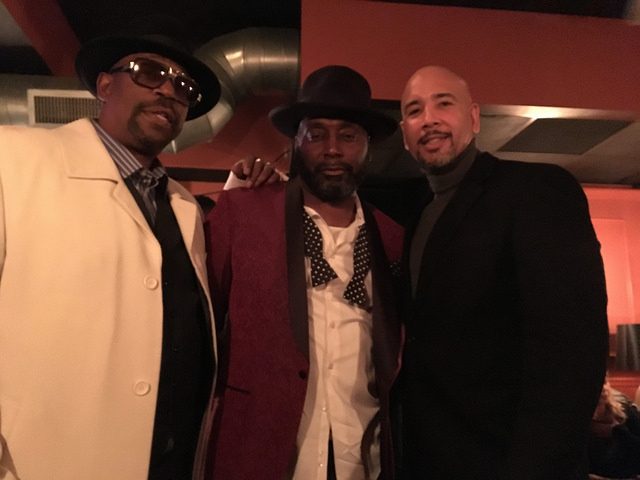
Rap history has only begun to be chronicled in recent years, thanks to the efforts of Fisher and Debra Harris. She started Hush Tours in the late 1990s after stumbling on a gap in the tourist market when it came to hip hop’s origins.
Harris found a surprising level of ignorance on the subject in the country where it made its name. Her aim, and those of artists such as Fisher, is to keep visitors informed about the music’s origins, away from its current associations with wealth and excess.
A cornerstone of that story is the 1977 blackout. Without this period of chaos, the U.S. may not have heard the voice of Grandmaster Caz at all.
Steve Palace is a writer, journalist and comedian from the UK. Sites he contributes to include The Vintage News, Art Knews Magazine and The Hollywood News. His short fiction has been published as part of the Iris Wildthyme range from Obverse Books.
